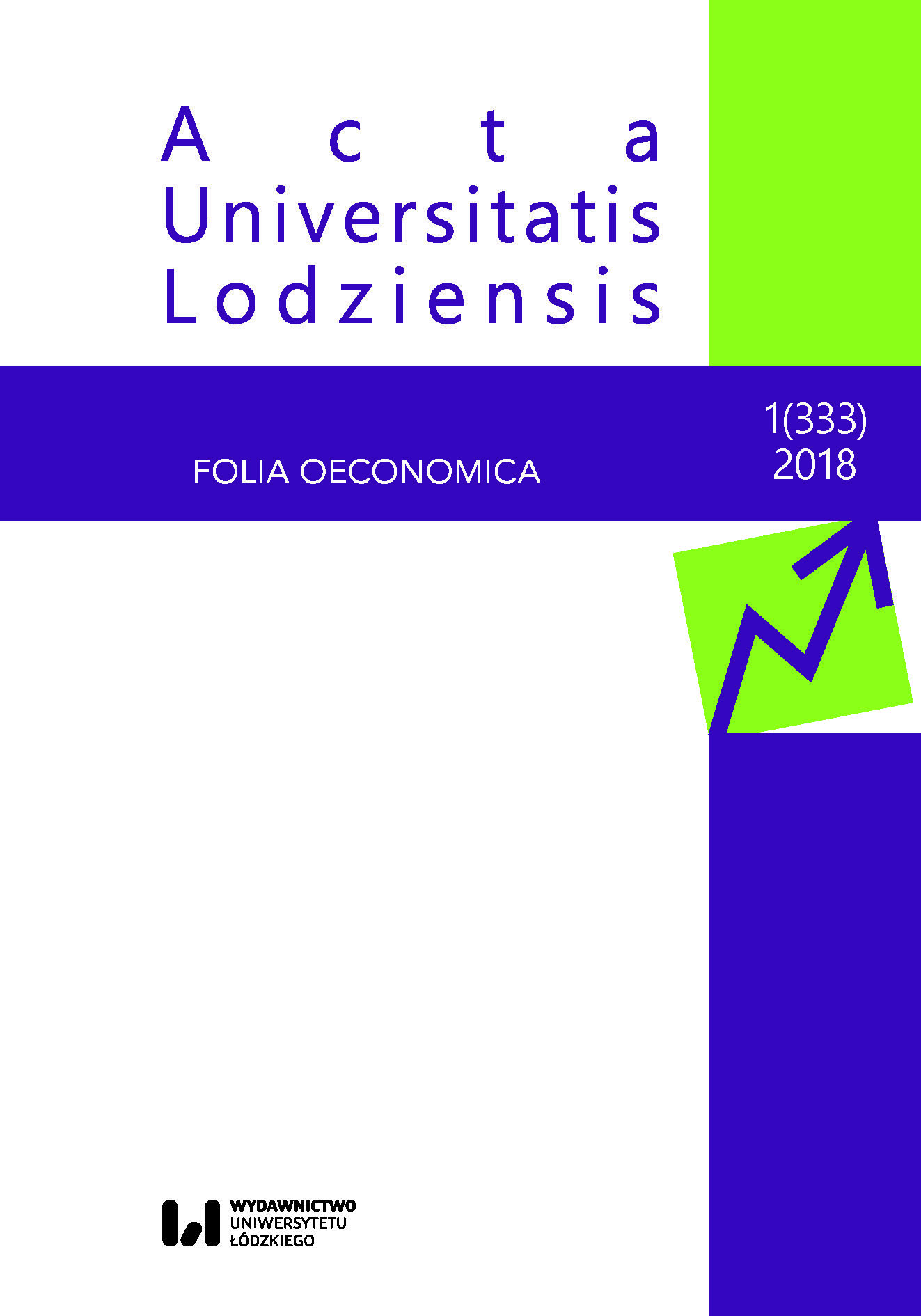
Sylogistyka praktyczna Platona w ujęciu Alkinoosa
The subject of the article is the Plato’s syllogistic described by Alkinoos. Alkinoos was a middle Platonist, the author of Didaskalikos. According to him, Plato used syllogistic reasoning in his dialogues, particularly in Parmenides. He was describing Plato’s syllogisms using Aristotle’s logical language. In fact, Alkinoos presented Aristotle’s syllogistic as an original Plato’s theory. In his eyes, Plato established three figures of reasoning: the categorical, hypothetical and mixed syllogisms. The analysis of Didaskalikos shows that philosophers in Middle Platonism period treated Aristotle’s theory of the syllogism as the theory of Plato, i.e. they thought that Plato is the real author of the syllogistic theory.
More...
